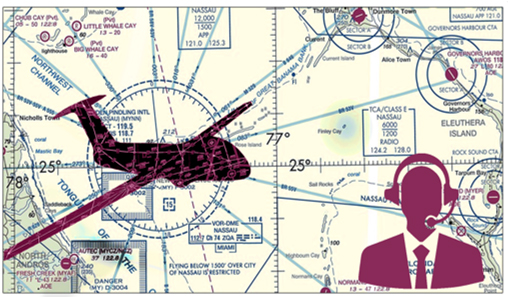SAFE AND PREDICTABLE ACCESS TO CONTROLLED AIRSPACE FOR UNMANNED VEHICLES
This Solution was formerly part of PJ.10-05-W1
Remotely piloted aerial systems (RPAS) have been used for many years by the military, but have been restricted to segregated airspace to protect their operations. With increasing demand for large civil RPAS, SESAR members are investigating how best to integrate these unmanned vehicles into non-segregated airspace alongside commercial manned traffic.
Managing RPAS traffic in the mixed environment of A to C airspaces is challenging for the air traffic control (ATC) due to several reasons. First, RPAS navigation performances may significantly differ from conventional airliners. In addition, the latency in command and control links, as well as the possibility of link loss between the Remote Pilot ground control station and the remoted piloted aircraft (RPA) in the air, may also require special mission patterns for contingency and emergency management.
In this context, this candidate solution aims at providing the procedural means and the technical capabilities to allow RPAS to comply with ATC instructions and operate safely in controlled airspace under instrumental flight rules (IFR), including contingency situations. This solution takes into consideration remote pilot and controller working methods, regulations, airworthiness standards, and technical challenges. It is expected to validate operational procedures and how new or adapted tools may allow ATC to handle IFR RPAS in a cooperative environment in full integration with manned aviation. It also complements research underway in the solution PJ.13-W2-111 which aims to enhance RPAS detect and avoid capabilities and harmonize standards.
BENEFITS
Enhanced safety
Equitable access to airspace

